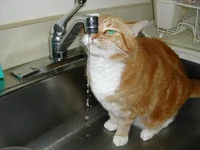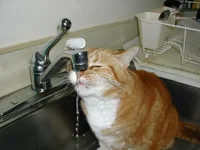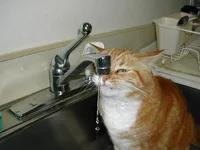- :
- 2003 Subaru WRX Wagon, 2000 Miata
NVP5White said:I agree that every time you convert an image from one format to another you loose something in the translation. This is especially true if you are also compressing the image when converting, such as when you save as a JPEG. However, 100% quality JPEGs, saved/converted just one time, are equivilent in viewing and printing quality to TIFF which is a lossless format.
For those using CS2 to process RAW into something else, I would agree that PSD files are your best choice. However, since I use RawShooter: Essentials for my RAW processing I convert to the onyl common format, TIFF. This has the secondary advantage of being viewable on nearly any computer without further conversion. The downside, of course, is the poor handling of layers and the large file size.
Well in CS2, you don't even need to save your work as PSD. If you are using Adobe Raw convertor, the changes you are making to the RAW will save automatically as a settings file. you can take that setting and apply it to other images. But I do agree that if you are going to be doing more post processing, then PSD is the best option.
At work I sometimes get 400-500mb PSD or GeoTIFF files of high resolution orthophotos or other satellite imagery. They are fun to work on because you can see so much detail. but they take alot of processing, even on my PowerMAC.






